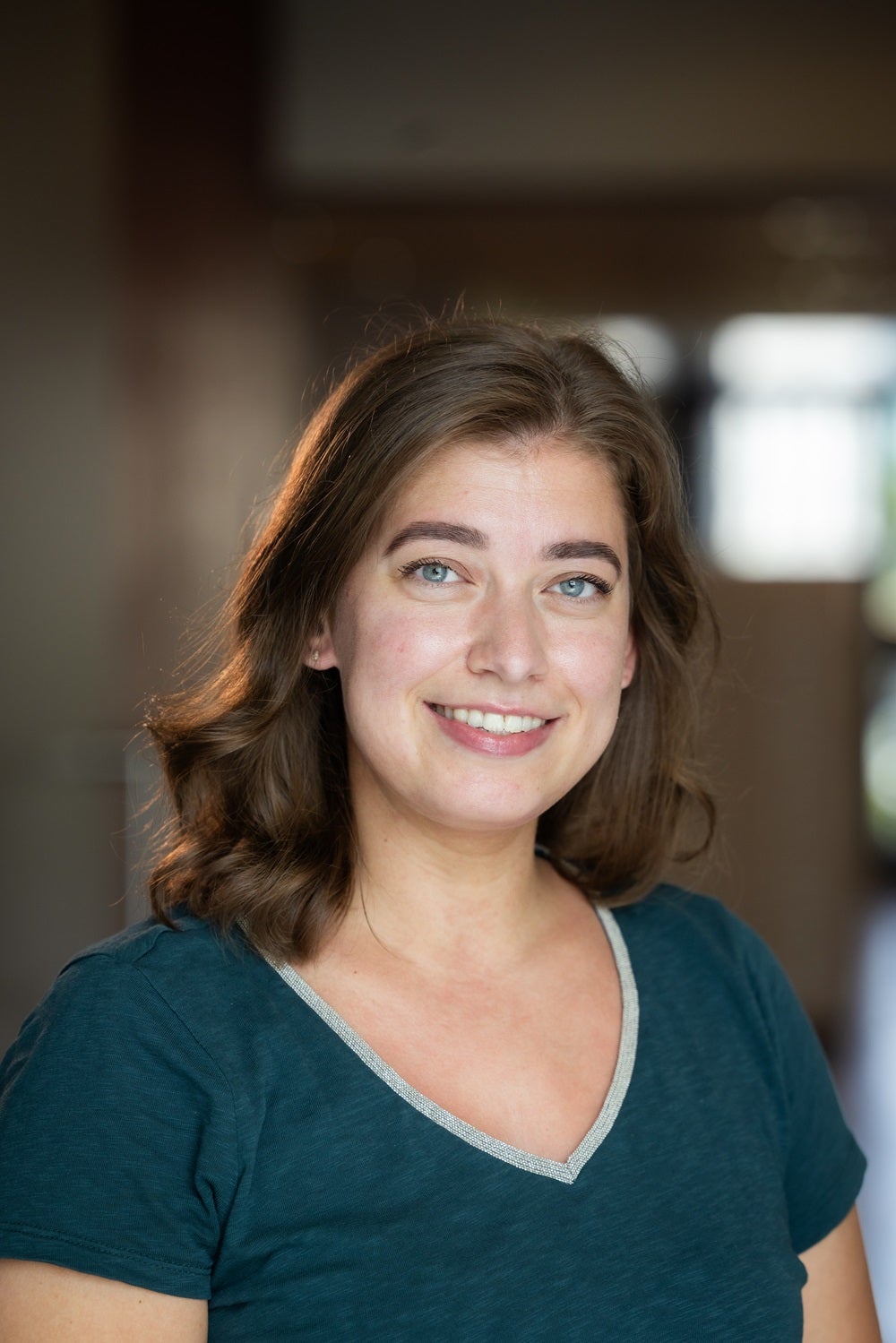A brain in your hands
Jing Lin (university lecturer in applied linguistics) used 3D-printed brains for the first time in the course Psycholinguistics. This is a course of the Language & Mind specialization of the Bachelor's degree in Communication and Information Science at FSG. The focus of the course is mainly on the relationship between language (such as: language production, language comprehension and language learning) and the brain.
But how does Jing use 3D-printed brains in her lecture? Using various cases, the students drew information processing routes on the 3D print. Where does language enter? Which hemisphere processes it? And how does this work in people with an ear infection or split-brain? Students answered these questions and others by drawing the information processing routes.
The most important question: what did the students think of this way of learning? Students indicated that the use of the 3D-printed brains attracted extra attention and gave them a different perspective on understanding the subject matter. They also appreciated the use of the object because it not only helped them visualize, but also spatially represent different brain areas. The physical object gave them a clearer understanding of the subject matter. Some reactions from students themselves:
- “I understood the general concept before, but the object meant that I think I'll be able to remember it way better as I got a clarifying grasp of it."
- "Holding the brain during the lecture gave me something very productive to "fidget" with. As opposed to a random object, if I felt myself zoning out a little bit, the fact that I was physically touching the lecture topic helped me re-engage and better conceptualize what we were talking about. I wish this type of thing was done more often in classrooms, but I'm not sure how practical it is."
Throwing dog plushies
Furthermore, by throwing a plush dog toy, the students learned how different parts of the brain respond to seeing, hearing and naming. In order to understand the information processing routes even better, the students were each given a ‘role’. One student was a ‘mouth’, the other the ‘motor cortex’, up to the ‘right hand’. These ‘roles’ were on an A4 sheet of paper and the students stuck them on themselves. Once the roles were assigned, the students stood in the position of their ‘role’ based on the image of the brain shown above. Teacher Jing named different cases: first, students hear the word ‘dog’. By throwing the plush dog to the different ‘roles’, i.e. parts of the brain, the students learned which information processing routes are followed. Result: a group of students who throw the dog toy through the air laughing and with fascination, while at the same time understanding the complex language processing mechanisms in their brains better than ever!
Students felt more involved in this activity than without objects. This gave them a deeper learning experience and they understood the material better. Furthermore, students appreciated the role play and felt more connected to their classmates. In this way, the material also sticks better. Below are some more reactions from students:
- “I had fun and it made the subject more engaging and interesting for me.”
- “I enjoyed this activity so much!”
Deeper learning experience and sensory involvement
The above methods are an example of Object based Teaching and Learning (OBTL). Within OBTL, the use of tangible objects creates a deeper learning experience. Instead of just looking at an image or video, students literally experience how language ‘flows’ through the brain. In this way, students better understand what goes wrong in the brain with, for example, the concept of split-brain. The material also sticks better with these methods.
Inspired?
Do you also want to connect with the world of experience of your students by letting them learn with real objects? Do you want the knowledge and skills to really stick with your students? Then contact us! More information? View the information page and be inspired even more! Or share your experience with us!

